We all know the story, don’t we?
Ebeneezer Scrooge is a merchant in 19th century England. He is a man of black and white reality. Christmas is just another day, merely a poor excuse for his employee, Bob Cratchit, to rob his pockets by asking for the day off. When men knock on his business door and ask him—in the spirit of Christmas—to donate to the poor, he suggests the destitute avail themselves of the poor houses his taxes fund. The poor houses are deathly places, worse even than a hungry life on the streets. “But they’d rather die!” the men protest.
“Then let them die and decrease the surplus population!” Scrooge retorts.

That night, home and alone, Scrooge is disturbed from his miserly meal by the apparition of his long dead business partner, Jacob Marley. He wears chains in death, the links formed by a life nearly as miserable and empty as Scrooge’s. The chains imprison him for eternity.
It is too late for Marley, but he warns Scrooge that the chain he has forged is even longer, that he had better right his path. He warns further that Scrooge will be visited that night by three specters.
Before he disappears forever, Jacob Marley wraps his jaw in rags because that’s what they did to corpses in those days to keep their mouths from falling open; it is a reminder both that Marley is truly dead and that the lessons he learned in life, obviously too late for his benefit, are no longer available to Scrooge or to us.
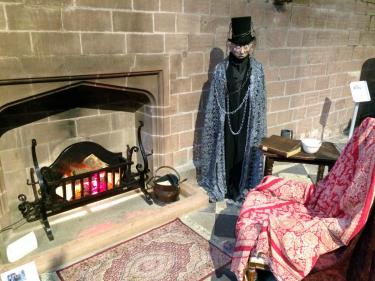
As Marley predicted, Scrooge is visited by the Ghost of Christmas Past. She is a pleasant specter, slight and wispy, just like our memories. She reminds Scrooge of his youth, when life was special and full of promise, not filled with “just more days”. It is clear to him and us how the choices he made led to his current life.
We are left with the subtle reminder that the choices of the past have led us to where we are today, and by extrapolation, the choices we continue to make will lead to our future.
Despite the splendid memories of youthful love, parties, and the promise of life, Scrooge is dismayed by those choices, the links he has already forged.

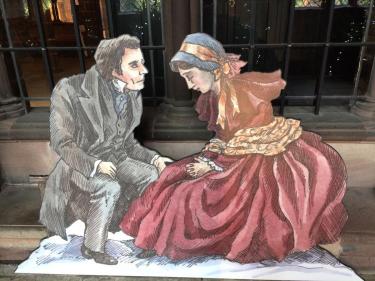
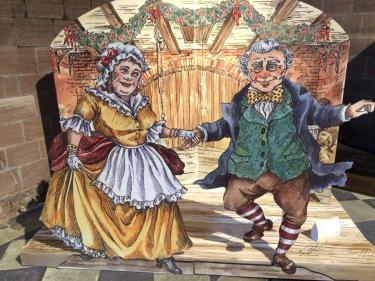
Next, Scrooge is visited by the Ghost of Christmas Present. He is a giant specter, looming large and imposing. We all live in the hear-and-now, the present a giant in our minds. You see, of the past, present, and the future, the present is the only place where we can prescribe our actions.
When they first meet, the ghost is youthful and vibrant, laughing and encouraging Scrooge to “know me better!” We are always intent on the present, that ephemeral and thin line between past and future, and the ghost need not say it, but we are perpetually consumed with knowing “now” better. The present is jolly. The past is dead. The future is scary.
Often, though, we don’t succeed in knowing the present better. We, Scrooge especially, are blind to what is around us, ignorant of the needs of others, instead pursuing our own wants. Scrooge has never bothered to learn about Bob Cratchit’s family, for example, and that his son Tiny Tim is deathly ill (nonetheless, they are happy and celebrate life, even thanking Scrooge–Cratchit’s employer–as the founder of their feast). Scrooge is stunned by what Cratchit’s wife, the people Scrooge knows, even his own family, think of him.
As Scrooge and the Ghost of Christmas Present return, the specter has aged, his hair white and his back stooped. The present, you see, is fleeting and it passes from youth away to eternity in the blink of an eye. Beneath his robe the ghost reveals two miserable, frightful children.
They are ignorance and greed, the ghost explains, children of man. They are to be feared, because they—ignorance in particular—will lead to our doom. If our decisions today are based on ignorance and greed, the most wicked and fearful legacies that we can breed, we will have a very heavy chain indeed to bear for eternity.
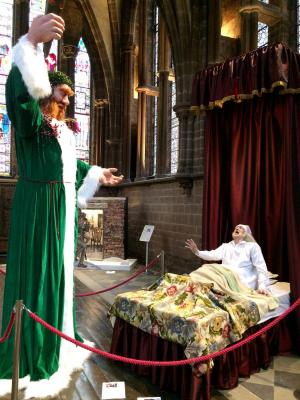
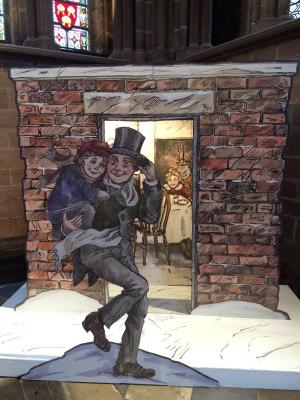

Finally, Scrooge is visited by the most fearsome of specters. The Ghost of Christmas Future is most feared because what is yet to come, the consequences of our actions, always fears us.
The ghost shows Scrooge a celebration, but he is mortified to learn that it is the celebration of some poor wretch’s death. We know it is Scrooge’s own death, and we know that Scrooge knows: why else does he ask the specter if the ghost is showing him what will happen, or what will happen if Scrooge doesn’t change?
The specter does not answer and forces Scrooge to realize that it is his death that was being celebrated. Redemption comes, painfully and tearfully, as Scrooge claws at his own name on the tombstone.
It is ironic that we all know that death is in our future. We are mortal, after all. Of the three ghosts, the Ghost of Christmas Future revealed the least.

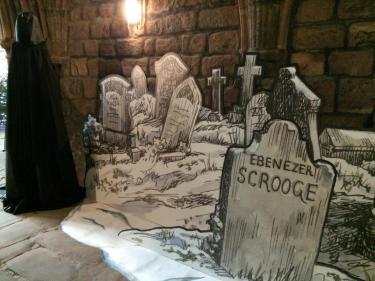
Scrooge wakes on Christmas day a changed man. Redemption is possible even for the most cold-hearted.
Filled with the desire to make up for a life of chain-forging, to do the opposite of everything he has done before, he is filled with joy.
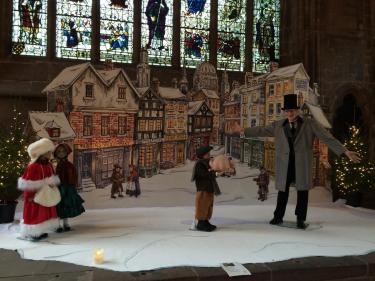
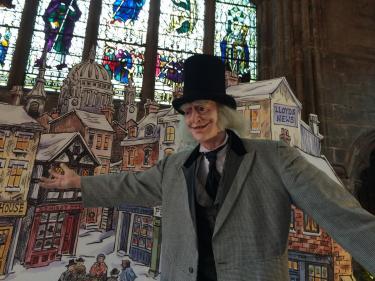
Such joy is possible when you let a little good into your life, which is–after all–what Christmas is all about.
Images from “A Christmas Carol” from the Chester Cathedral, Chester, UK.






